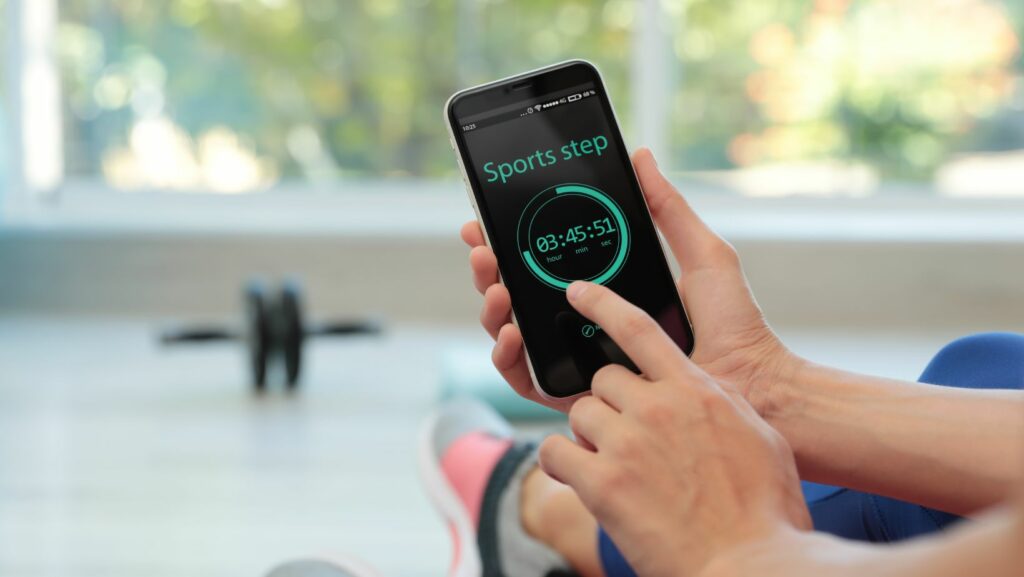Sports apps promise live scores, quick highlights, and timely nudges when the game turns. The risk is installing something noisy or careless with data. A short pre-install routine keeps phones calm, accounts tidy, and match nights focused.
Start with the storefront signals
A quick sanity check pays off before any download. A neutral, plain-English safety primer, such as is parimatch app safe helps set expectations – then the same lens can be applied to every sports app on the shortlist. The goal is not paranoia. It is a two-minute scan that separates solid software from look-alikes and rushed clones.
Below are seven storefront checks that work across Google Play and the App Store. Each one is simple on its own. Together, they give a clear picture before a single permission is granted.
- Overall rating – and the shape of it. A 4.5 with thousands of reviews means little if the last month tanks. Sort by Recent. Look for steady mid-to-high scores, not a perfect wall that hints at spam.
- Developer name and page. Tap the developer. A real page shows a support site, privacy policy, and other apps in the same category. Mismatched products – calculators next to sports – are a red flag.
- Update cadence. Healthy apps ship regular fixes. Gaps of many months suggest abandonware. Rapid-fire micro updates with vague notes can signal instability.
- Permission preview. Read before tapping Install. Scores and highlights do not need contacts. The camera is fine for QR tickets or fan clips – but only when used. Location should be used while using the app, not always.
- Screenshots and text that match the job. Blurry UI or stock images that dodge real features indicate haste. Screens should display score pages, alerts, and settings in the storefront’s language.
- Install size and in-app disclosures. A tiny installer that immediately pulls huge assets can strain low-storage phones. Clear notes about in-app purchases or age gates show care for users, not just downloads.
- Review patterns. Scan mid-star reviews for concrete pros and cons. Repeated phrases across five-star posts look inorganic. Balanced critiques from real fans carry more weight than hype.
Permissions made simple – grant what serves the next tap
Permissions are tools, not secrets. The safest approach is to allow only the powers that are currently being used for a feature. Notifications deserve their own lane – goals, line-ups, and account alerts on, promotions off. Location helps with regional fixtures and venue info, yet Always-on tracking is unnecessary for a scores app. Photos can be added to the selected only, so the entire library is not exposed. The camera and microphone should remain off until recording a clip or scanning a ticket. Contacts are rarely essential for modern sports apps – they decline unless a genuine friend-list feature is in daily use.
Both iOS and Android make changing your mind easy. A quick visit to the app’s Settings later can tighten or relax any toggle without reinstalling. Good apps continue to work with minimal access – a strong signal that privacy was part of the design, not an afterthought.
Red flags that do not need expert knowledge
Some warning signs are universal. A storefront that demands sign-up before revealing core features. A wall of vague “bug fixes” for months without specifics. A developer’s email that bounces. Aggressive pop-ups that re-ask for denied permissions within minutes. Always-on location for a simple score widget. Full-screen ads on launch. Any one of these slows the hand. Two or more suggest moving on to a cleaner option.

Clones are common around big tournaments. Names may differ by a letter or a punctuation mark. Icons can mimic well-known brands with reversed colors. When in doubt, reach the app from the official website’s link, not from search results that can be gamed.
Updates, support, and the small print that actually matters
Update notes should map to real life – a new standings view, faster alerts, or a fix for a known crash on a specific device. A privacy policy worth trusting is readable and lists data categories in plain language. Contact paths matter when accounts or purchases are involved. A visible support form, recent replies on social channels, and an in-app Help section reduce stress if something goes wrong during a match.
Payment deserves extra care. Wallet tokenization, device biometrics for approvals, and clear receipts lower fraud risk and make disputes shorter. Lock screen previews should be discreet. A nudge that “Your withdrawal is processed” is safer than full amounts displayed to anyone glancing at the phone.
A steady install routine for the season
The cleanest habit is the simplest – shortlist two or three candidates, run the seven checks, and install just one. After a week of normal use, revisit permissions and notifications to trim anything that crept on by default. Keep the app updated, but avoid last-minute updates right before a derby when servers and nerves are both hot. Archive old or duplicate apps so score alerts do not compete and battery life remains predictable.
With ratings scanned, the developer page verified, permissions tuned, and updates understood, installing a sports app stops feeling like a roll of the dice. The result is a quieter lock screen, clearer alerts, and a feed that helps the match instead of distracting from it – exactly what a fan-first phone should deliver on busy weekends.


